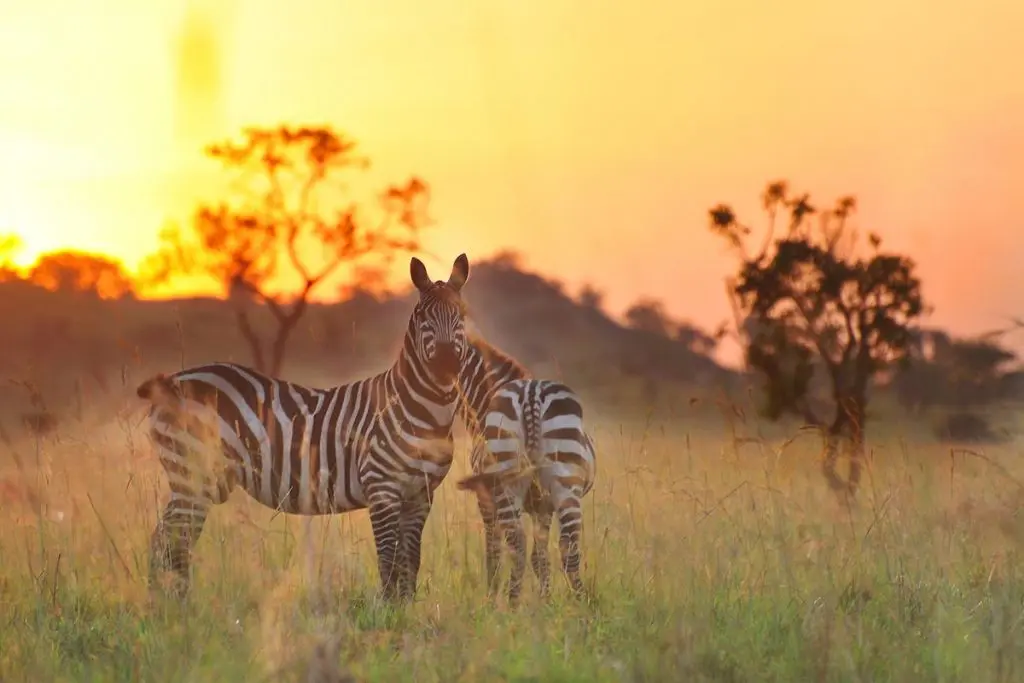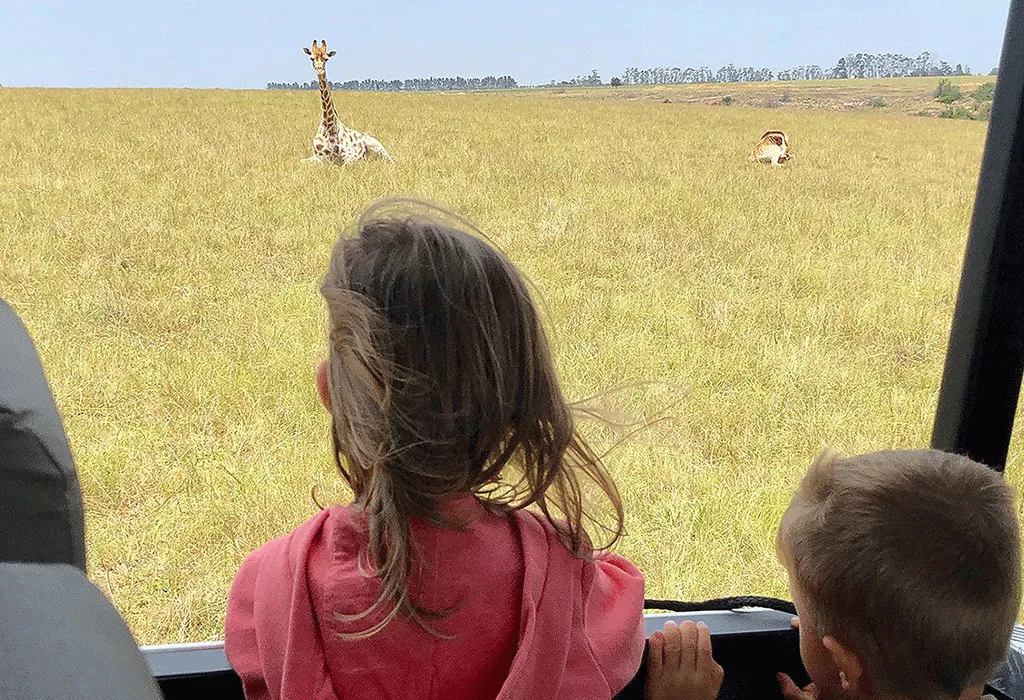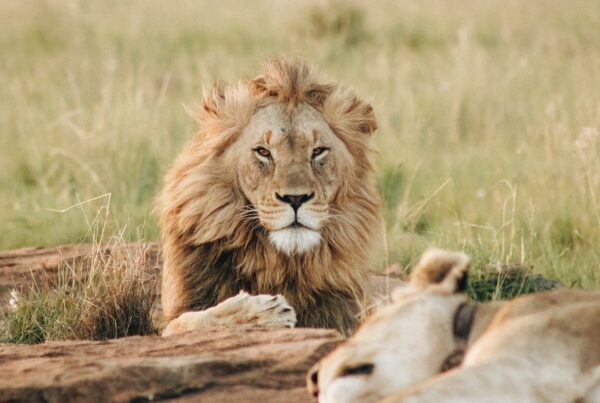How to Seasonal Guide in Kidepo Valley National Park — Weekend Itinerary with Kids
An Untamed Wonderland for Families
Few destinations in East Africa offer a combination of raw wilderness, breathtaking landscapes, and family-friendly adventure like Kidepo Valley National Park in northeastern Uganda. Nestled near the borders of South Sudan and Kenya, this park is renowned for its remote beauty, wide-open savannahs, rugged hills, and abundant wildlife. For families seeking an escape from the ordinary, Kidepo presents an opportunity to witness the African wilderness in its purest form while creating shared memories that will endure a lifetime.
A weekend in Kidepo with children is not merely a trip; it is an immersion into an ecosystem that feels untamed yet remarkably accessible when guided correctly. From the gentle curiosity of young children spotting zebras for the first time to teenagers discovering the thrill of game drives, the park offers experiences that appeal to every age. However, its remoteness requires thoughtful planning, especially when traveling with kids, making a seasonal guide an essential tool for a successful and memorable visit.
This article explores the nuances of visiting Kidepo Valley National Park with children, offering a seasonal perspective and a practical weekend itinerary, while emphasizing safety, comfort, and engagement. It reveals the park’s hidden gems, the optimal times to visit, and the activities that allow families to experience Kidepo’s extraordinary wildlife, landscapes, and culture.
Understanding Kidepo Valley National Park
Kidepo Valley National Park is one of Uganda’s most remote and untouched parks. Its isolation has helped preserve the park’s biodiversity and pristine landscapes, offering families a unique glimpse into African wilderness largely unaltered by mass tourism. Unlike other national parks that are more commercialized, Kidepo retains a sense of authenticity, which makes every sighting, every trail, and every interaction with nature feel rare and profound.
Covering approximately 1,442 square kilometers, the park encompasses rolling plains, rugged mountains, seasonal rivers, and riverine forests. Wildlife thrives across these varied habitats, with more than 77 mammal species, including elephants, lions, cheetahs, hyenas, leopards, giraffes, and buffaloes. Kidepo is also a haven for bird enthusiasts, with over 475 bird species recorded, ranging from ostriches to vultures to the rare kori bustard.
The park’s geography creates diverse ecosystems. The Narus Valley provides lush grazing grounds and waterholes that attract large herds of herbivores, while the Mathew’s Range offers rugged terrain ideal for mountain viewing and scenic photography. For families, this diversity allows both relaxed observation and immersive adventure, ensuring that children, parents, and extended family members all find activities suited to their interests and energy levels.
Seasonal Guide: When to Visit Kidepo with Kids
Understanding the seasonal patterns of Kidepo is crucial for families to plan a safe and enjoyable trip. The park experiences two main seasons: the dry season and the wet season, each offering distinct experiences.
During the dry season, which typically runs from December to February and again from June to August, wildlife congregates around rivers and waterholes, making sightings more predictable and rewarding. The weather is also milder, with lower humidity and clearer skies, allowing for longer excursions and more comfortable outdoor activities. This period is particularly suitable for families, as children can participate in longer game drives without the risk of intense rain or muddy tracks.
The wet season, occurring from March to May and September to November, transforms the park into a lush, green landscape. While some roads may become temporarily impassable, the wet season brings vibrant scenery, bird migrations, and the birth of new wildlife. For families with an interest in birdwatching, this is an ideal period, though travel planning must be meticulous to ensure safe passage across less accessible routes.
Seasonality also affects accommodation availability. Lodges and camps tend to book quickly during the dry season due to favorable conditions, while wet-season visits may offer more seclusion and lower rates, providing families a quieter, more intimate experience.
Day 1: Arrival and Afternoon Exploration
A weekend itinerary in Kidepo usually begins with arrival at Kidepo airstrip or via road from Kampala or Gulu. Families arriving by small aircraft can enjoy spectacular aerial views of the park’s landscapes, setting the stage for the adventure ahead. Upon arrival, transfer to a family-friendly lodge or camp is arranged, where staff assist with settling in and preparing for afternoon activities.
The first afternoon is best devoted to gentle exploration, allowing children to acclimate while observing wildlife in a safe environment. A guided walk near the lodge can introduce children to local flora and fauna, teaching them the basics of wildlife tracking, animal behavior, and conservation. Rangers often incorporate storytelling techniques, captivating young minds with tales of lions, elephants, and the park’s rich history.
Families are encouraged to enjoy the scenery while observing grazing animals, often visible even from lodge verandas. The slow pace of the first day allows both adults and children to rest after travel, while still engaging with the park’s natural wonders. Evening meals at the lodge are typically communal, offering both local Ugandan dishes and familiar comforts, creating a sense of routine and security for younger children.
Day 2: Full-Day Game Drive Adventure
The second day is the highlight of the weekend, as families embark on a full-day game drive through Kidepo’s savannahs and valleys. Departing at sunrise, the family is immersed in the park’s awakening energy. The early hours are ideal for spotting predators returning from nocturnal hunts, as well as elephants, buffalo, and giraffes grazing in the cool light.
Guides emphasize family participation, encouraging children to help spot animals, identify tracks, and ask questions about the ecosystem. The combination of observation and education ensures that children remain engaged throughout the day. Alongside game drives, several safe picnic spots are available, allowing families to enjoy lunch amid wildlife sightings, rivers, or scenic hilltops.
Afternoon excursions may include visits to Narus Valley, a wildlife hotspot where large herds congregate. Children often find excitement in the patterns of zebras and antelopes, while parents appreciate the opportunity for photography and learning about predator-prey dynamics. Rangers share insights about Kidepo’s conservation challenges, subtly teaching the next generation the importance of protecting natural habitats.
Late afternoon offers an opportunity for a short bush walk, supervised for safety, where families can observe smaller animals, birds, and unique plant species. This immersive approach balances excitement with education, ensuring that both children and adults take away meaningful experiences.
Day 3: Cultural Engagement and Scenic Departure
The final day of a weekend itinerary is often reserved for cultural experiences and lighter activities, allowing families to connect with the human heritage of the region. Visits to local Karamojong villages introduce children to traditional lifestyles, crafts, and music. Children enjoy interactive sessions, such as beadwork, simple farming demonstrations, or storytelling about local legends. These interactions provide both educational value and cultural appreciation, deepening the family’s understanding of the region beyond its wildlife.
Families may also opt for a scenic drive to the Mathew’s Range, offering panoramic views of the park’s valleys and distant hills. Photographs taken here become treasured mementos, capturing both the landscape and the joy of shared experiences.
Lunch is typically enjoyed at the lodge or in designated picnic areas before families prepare for departure. Afternoon departures allow for reflection on the weekend, with children often recounting favorite moments while adults consider the logistical and emotional successes of the trip. Even as the family leaves Kidepo, the park’s combination of wildlife, landscapes, and cultural immersion leaves a lasting impression.
Tips for Traveling with Children
Traveling to Kidepo with children requires careful planning to ensure safety, comfort, and engagement. Lodges and safari operators now provide child-friendly vehicles, educational materials, and trained guides to facilitate a rewarding experience. Parents are advised to maintain hydration, provide sun protection, and schedule adequate rest periods to prevent fatigue during game drives and walks.
Seasonal considerations remain crucial; the dry season offers safer driving conditions, while the wet season emphasizes adaptability and careful route selection. Families are encouraged to pack lightweight clothing, binoculars, field guides, and basic first-aid kits, ensuring preparedness for all scenarios.
In addition to practical considerations, parents are encouraged to nurture curiosity and discussion. Questions asked by children about animals, ecology, and culture create learning opportunities and deepen the family’s collective experience. Kidepo’s remote environment also allows families to unplug from digital distractions, fostering genuine connection and observation.
Why Kidepo Valley is a Unique Family Destination
Kidepo Valley National Park is not merely a safari destination; it is an educational and transformative experience. Children develop awareness of ecological systems, appreciation for cultural diversity, and respect for wildlife. Parents find both relaxation and engagement, sharing discovery, conversation, and adventure with their children.
The park’s remote nature offers intimacy and authenticity, unmatched by more crowded national parks. Wildlife encounters feel personal and extraordinary, while cultural interactions provide insight into Uganda’s heritage. The seasonal guide ensures that families maximize their experience, selecting periods that align with wildlife behavior, weather conditions, and accessibility.
Every game drive, walk, and cultural interaction becomes part of a family narrative, creating memories that are both thrilling and instructive. The weekend itinerary demonstrates that even a short visit can be immersive, educational, and joyful, blending adventure with comfort and care.
A Weekend Adventure Worth Planning
A weekend family trip to Kidepo Valley National Park is a journey into one of Uganda’s most remarkable natural landscapes. From sunrise game drives and Nile-adjacent picnics to cultural encounters and scenic hilltop vistas, every moment in Kidepo becomes part of a shared story that educates, excites, and enriches.
For families seeking a combination of adventure, comfort, and meaningful engagement with both nature and culture, Kidepo Valley offers experiences that are both rare and transformative. Children learn, parents relax, and together, families create memories that will last a lifetime.
To ensure that every aspect of the trip—from accommodation and guided safaris to cultural visits and seasonal planning—is handled with expertise, it is strongly recommended to book African tours and safaris via WildHorn Africa. Their professional guidance transforms a weekend itinerary into a seamless, memorable adventure, ensuring that families leave Kidepo inspired, educated, and connected.





 WildHorn Africa – Authentic and unforgettable tours across Africa, guided by local experts who know the land, wildlife, and culture best.
WildHorn Africa – Authentic and unforgettable tours across Africa, guided by local experts who know the land, wildlife, and culture best.


